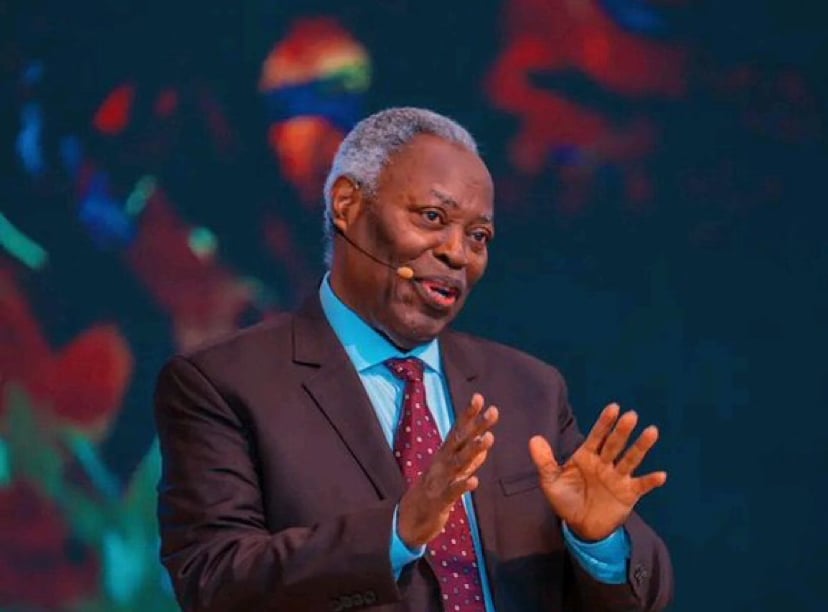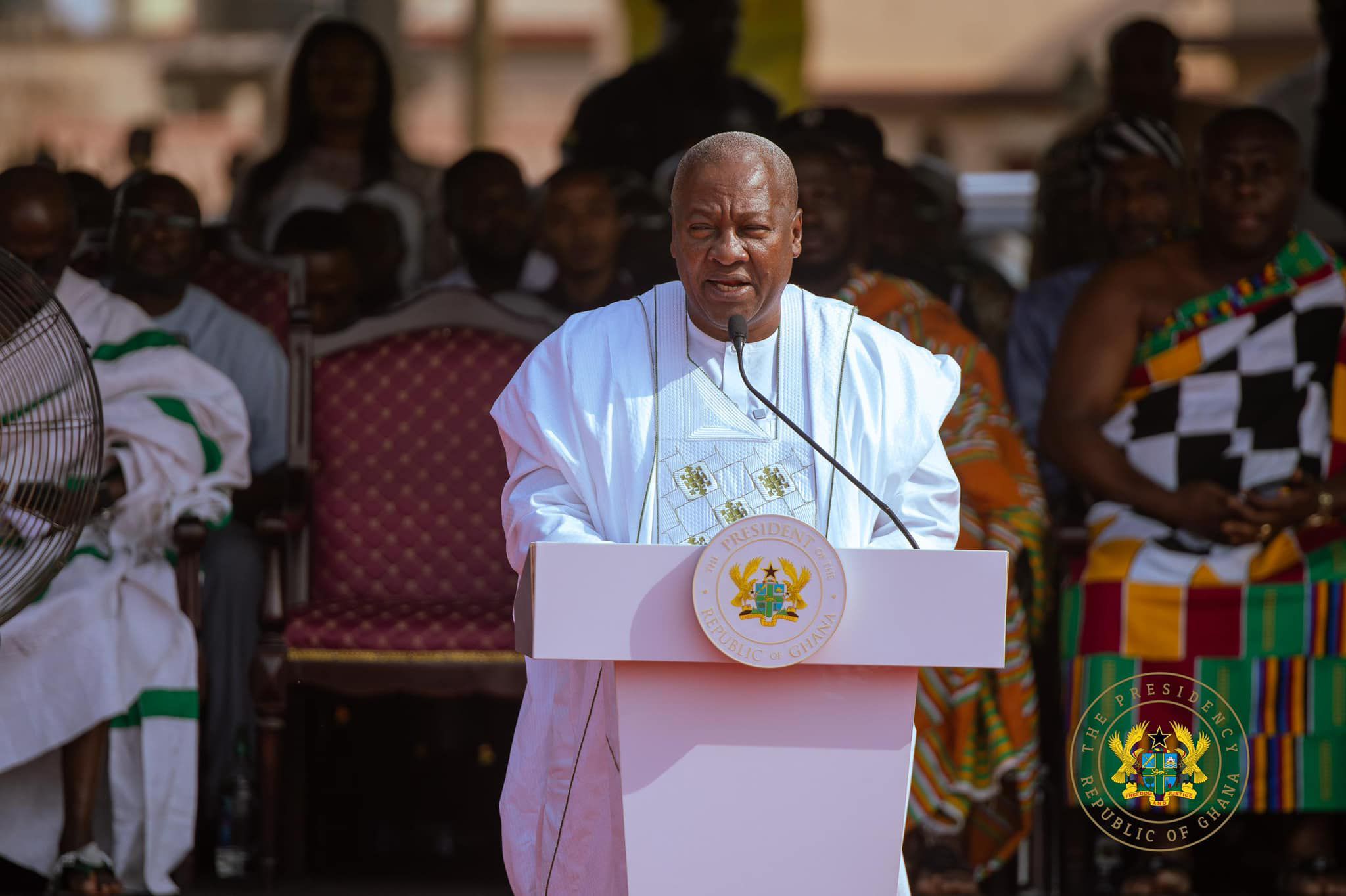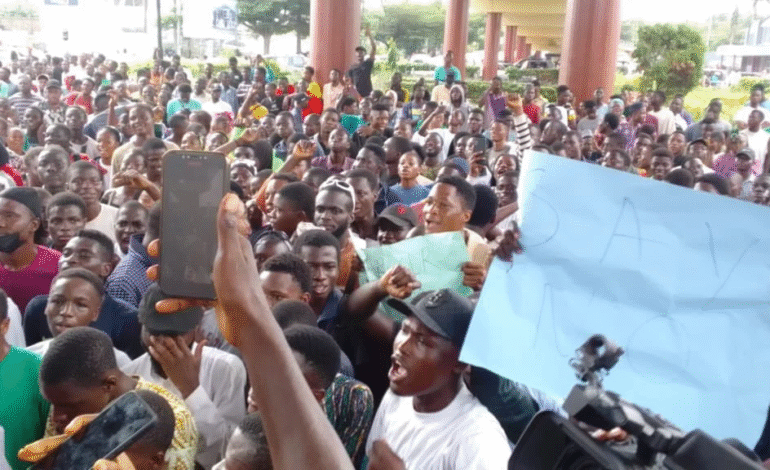Drowning in EMIs? How India's middle class is caught in vicious circle of debt, savings, SIPs
 CA Abhishek Walia shares practical steps to break free from this financial spiral and build lasting security.
CA Abhishek Walia shares practical steps to break free from this financial spiral and build lasting security.
Over the past decade, India has seen a remarkable surge in retail investing, with mutual fund folios crossing the 17-crore mark as of early 2025. But behind this growing enthusiasm for wealth creation lies a troubling reality: millions of middle-class Indians are struggling to balance investments, savings, and rising debt burdens.
Related Articles
When Rohit, a 32-year-old marketing executive in Delhi, checked his bank balance last month, he froze. His savings had hit zero, even though his salary was decent. The reason? He was spending nearly half his monthly income on EMIs—and hadn’t even realised it.
“At first, I thought I was just bad with money. Turns out, I’m not alone,” he confessed.
According to CA Abhishek Walia, a tax and personal finance advisor, stories like Rohit’s are becoming increasingly common across India’s middle class. “We’re quietly drowning in debt. People are earning more than ever, but also borrowing more than ever,” Walia wrote in a post on LinkedIn.
Data backs his observation. Household debt in India has soared to 42% of GDP in Q1 FY25—the highest ever, up from 35% before the pandemic. Non-housing loans, including credit cards, personal loans, and Buy Now Pay Later (BNPL) schemes, now account for a staggering 32.3% of GDP.
“This clearly shows that swipe culture is real. Taking a personal loan today is just a few taps on an app,” Walia said. “Credit cards are in almost every wallet, even if the person has zero savings.”
The consequences are already showing up in banking data. Rising defaults, especially in micro-credit and personal loans, signal growing financial stress.
Walia explained how many middle-class households fall into a vicious cycle:
→ Earn → Borrow → Repay → Repeat → No savings → Swipe again.
“Suddenly, you’re paying EMIs for everything—your phone, your sofa, your wedding, even groceries,” Walia noted. “And one small emergency—a medical bill, a job loss—can throw your entire system off balance.”
Why should this worry people beyond individual households? “Less saving means fewer opportunities to invest,” Walia warned. “High EMIs leave no room for emergencies. And rising defaults can hit banks, stock markets, and the overall economy. It’s not just a personal problem—it’s a macroeconomic risk.”
But it’s not all doom and gloom. Walia believes middle-class Indians can pull themselves out of this debt spiral. “Living paycheck to paycheck isn’t financial freedom,” he said. “You have to take back control.”
Here’s his advice:
> Track your debt: “Know exactly how much you owe, to whom, and why. Don’t just keep paying EMIs blindly.”
> Build a cushion: “Even saving ₹500 a month into an emergency fund is a start. It creates breathing room for unexpected expenses.”
> Avoid borrowing for lifestyle: “Borrowing to survive, like for education or medical needs, is different. Borrowing to impress people—that’s a trap.”
> Invest smarter: “Slowly build investments in mutual funds, PPF, and equities. SIPs are a great way to start without feeling the pinch.”
Walia added that normalising financial stress shouldn’t be the new middle-class norm. “The middle-class dream isn’t meant to be a debt trap. It’s time we stop wearing financial stress like a badge of honour and start building real financial security,” he said.
For Rohit, the wake-up call has come just in time. He’s now cutting unnecessary EMIs, starting a small emergency fund, and planning his first SIP. As he put it, “I finally feel like I’m getting my freedom back.”
Published on: Jul 1, 2025 6:18 PM IST









